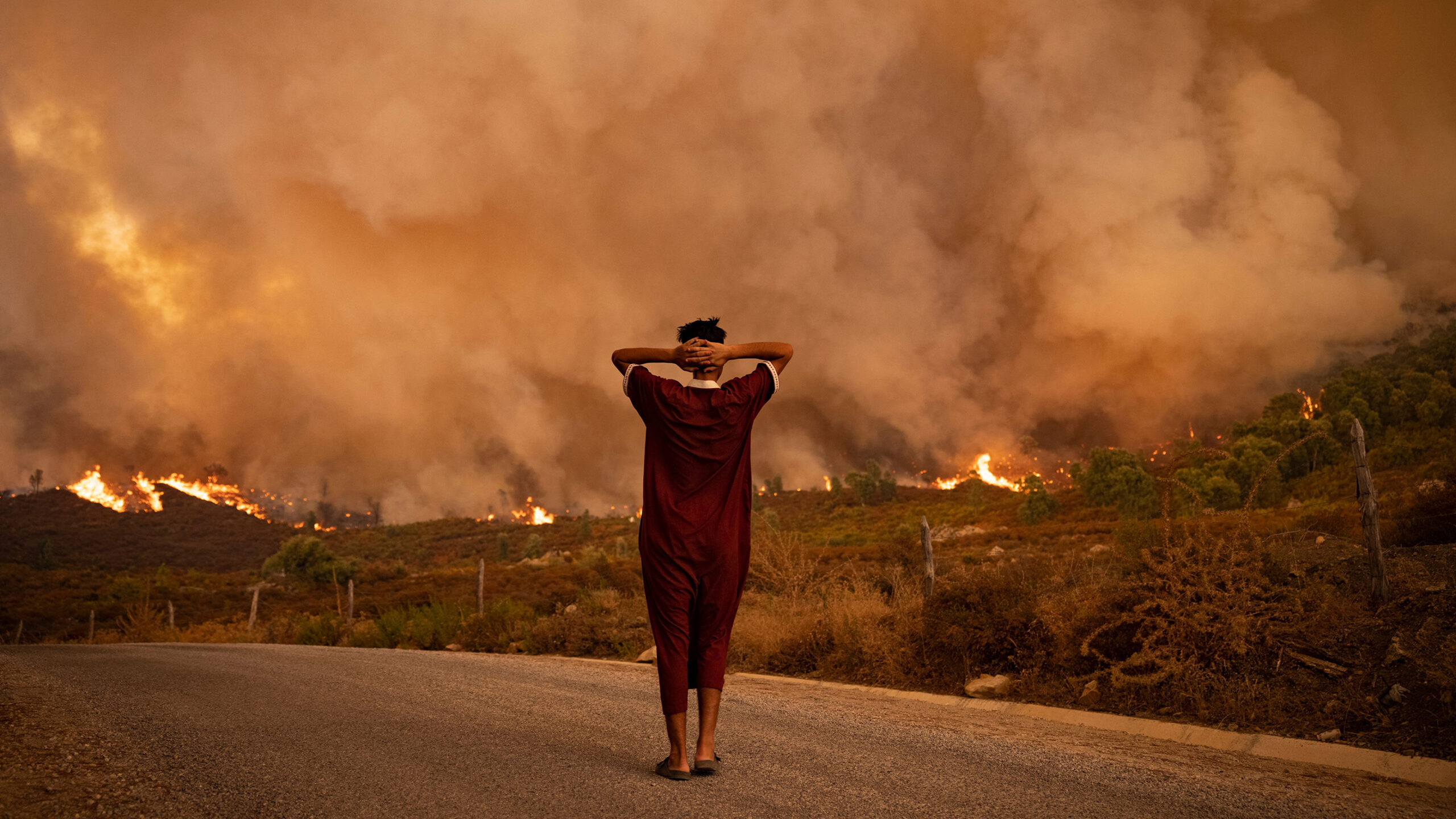
•Finance needs of developing countries now 10-18 times as big as international public finance flows
•Growing gap results from rising adaptation needs and faltering adaptation finance
•Failure to enhance adaptation has huge implications for losses and damages
Progress on climate adaptation is slowing on all fronts when it should be accelerating to catch up with rising climate change impacts and risks, according to a new United Nations Environment Programme (UNEP) report.
Released ahead of the COP28 climate talks taking place in Dubai, United Arab Emirates, the ‘Adaptation Gap Report 2023: Underfinanced, Underprepared – Inadequate investment and planning on climate adaptation leaves world exposed’ finds that the adaptation finance needs of developing countries are 10-18 times as big as international public finance flows – over 50 per cent higher than the previous range estimate.
“Today’s Adaptation Gap Report shows a growing divide between need and action when it comes to protecting people from climate extremes. Action to protect people and nature is more pressing than ever,” UN Secretary-General António Guterres said in his message on the report. “Lives and livelihoods are being lost and destroyed, with the vulnerable suffering the most.”
“We are in an adaptation emergency. We must act like it. And take steps to close the adaptation gap, now,” he added.
As a result of the growing adaptation finance needs and faltering flows, the current adaptation finance gap is now estimated to be US$194-366 billion per year. At the same time, adaptation planning and implementation appear to be plateauing. This failure to adapt has massive implications for losses and damages, particularly for the most vulnerable.
“In 2023, climate change yet again became more disruptive and deadly: temperature records toppled, while storms, floods, heatwaves and wildfires caused devastation,” said Inger Andersen, Executive Director of UNEP. “These intensifying impacts tell us that the world must urgently cut greenhouse gas emissions and increase adaptation efforts to protect vulnerable populations. Neither is happening.”
“Even if the international community were to stop emitting all greenhouse gases today, climate disruption would take decades to dissipate,” she added. “So, I urge policymakers to take heed of the Adaptation Gap Report, step up finance and make COP28 the moment that the world committed fully to insulating low-income countries and disadvantaged groups from damaging climate impacts.”
Finance, planning and implementation waning
After a major update over previous years, the report now finds that the funds required for adaptation in developing countries are higher – estimated to be in a plausible central range of US$215 billion to US$387 billion per year this decade.
The modelled costs of adaptation in developing countries are estimated at US$215 billion per year this decade and are projected to rise significantly by 2050. The adaptation finance needed to implement domestic adaptation priorities, based on extrapolation of costed Nationally Determined Contributions and National Adaptation Plans to all developing countries, is estimated at US$387 billion per year.
Despite these needs, public multilateral and bilateral adaptation finance flows to developing countries declined by 15 per cent to US$21 billion in 2021. This dip comes despite pledges made at COP26 in Glasgow to deliver around US$40 billion per year in adaptation finance support by 2025 and sets a worrying precedent.
While five out of six countries have at least one national adaptation planning instrument, progress to reach full global coverage is slowing. And the number of adaptation actions supported through international climate funds has stagnated for the past decade.
Innovative ways to deliver finance essential
Ambitious adaptation can enhance resilience – which is particularly important for low-income countries and disadvantaged groups – and head off losses and damages.
The report points to a study indicating that the 55 most climate-vulnerable economies alone have experienced losses and damages of more than US$500 billion in the last two decades. These costs will rise steeply in the coming decades, particularly in the absence of forceful mitigation and adaptation.
Studies indicate that every billion invested in adaptation against coastal flooding leads to a US$14 billion reduction in economic damages. Meanwhile, US$16 billion per year invested in agriculture would prevent approximately 78 million people from starving or chronic hunger because of climate impacts.
However, neither the goal of doubling 2019 international finance flows to developing countries by 2025 nor a possible New Collective Quantified Goal for 2030 will significantly close the adaptation finance gap on their own and deliver such benefits.
This report identifies seven ways to increasing financing, including through domestic expenditure and international and private sector finance. Additional avenues include remittances, increasing and tailoring finance to small and medium enterprises, implementation of Article 2.1(c) of the Paris Agreement on shifting finance flows towards low-carbon and climate resilient development pathways, and a reform of the global financial architecture, as proposed by the Bridgetown Initiative.
The new loss and damage fund will also be an important instrument to mobilize resources, but issues remain. The fund will need to move towards more innovative financing mechanisms to reach the necessary scale of investment.

